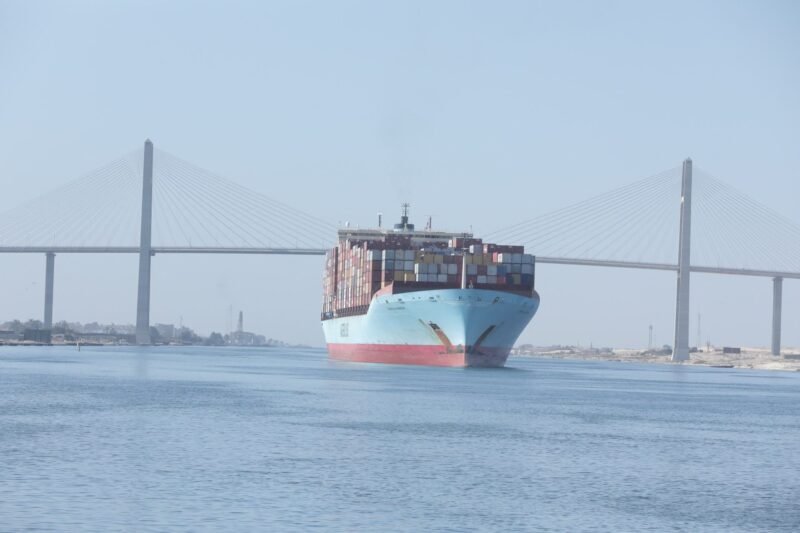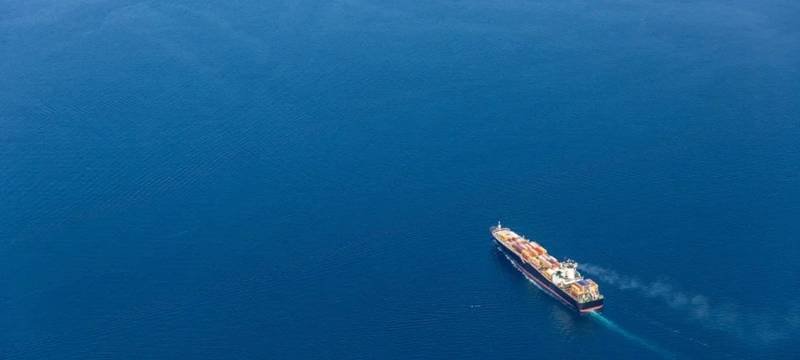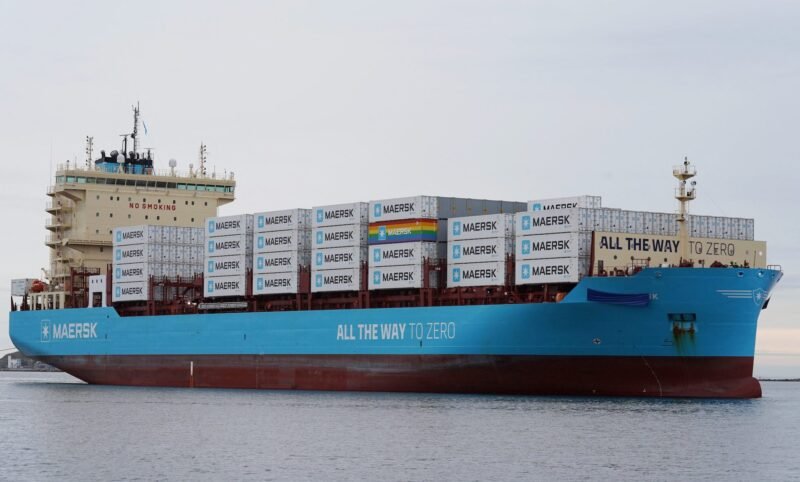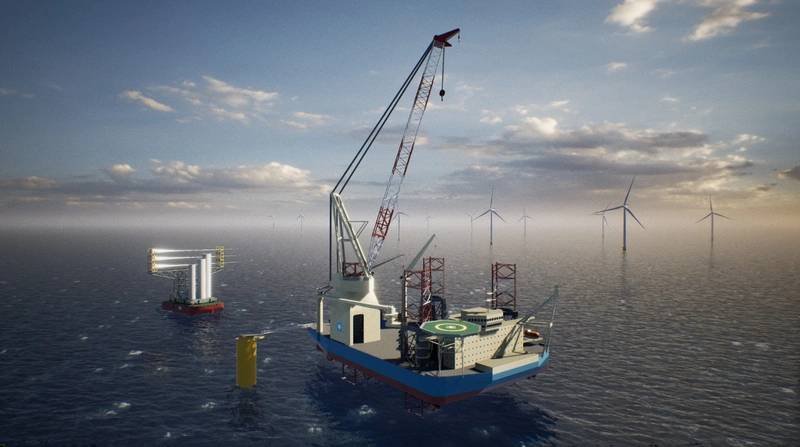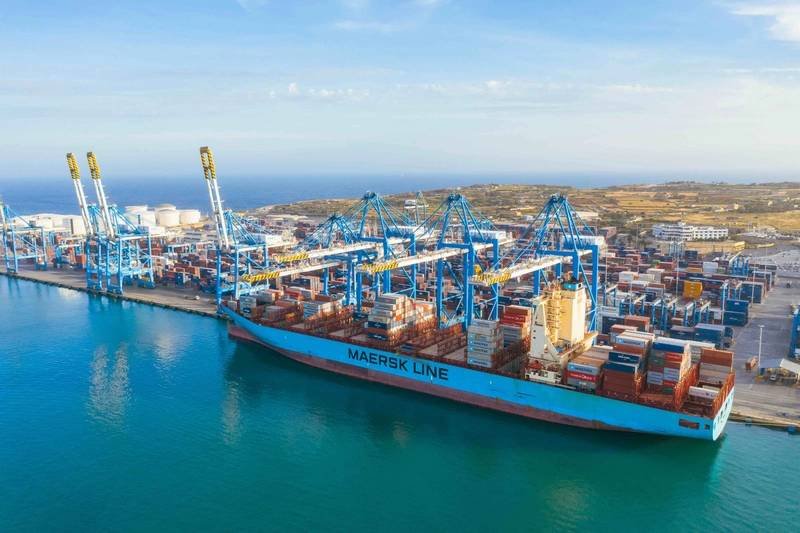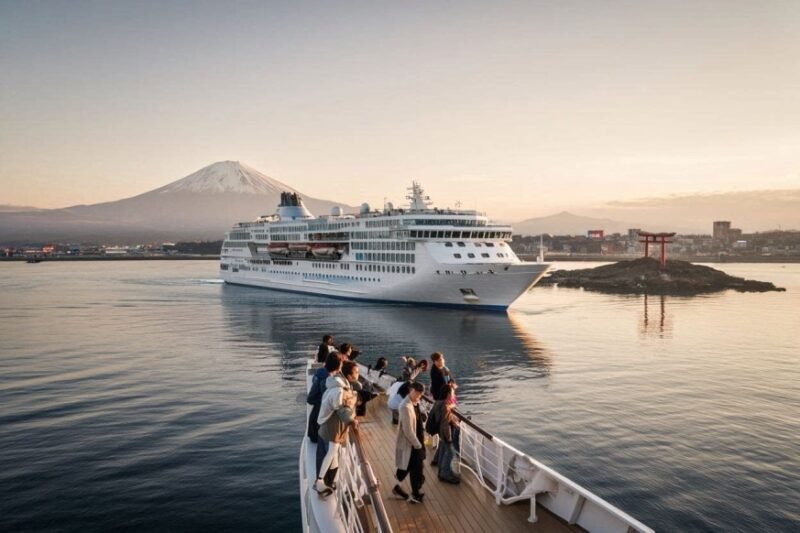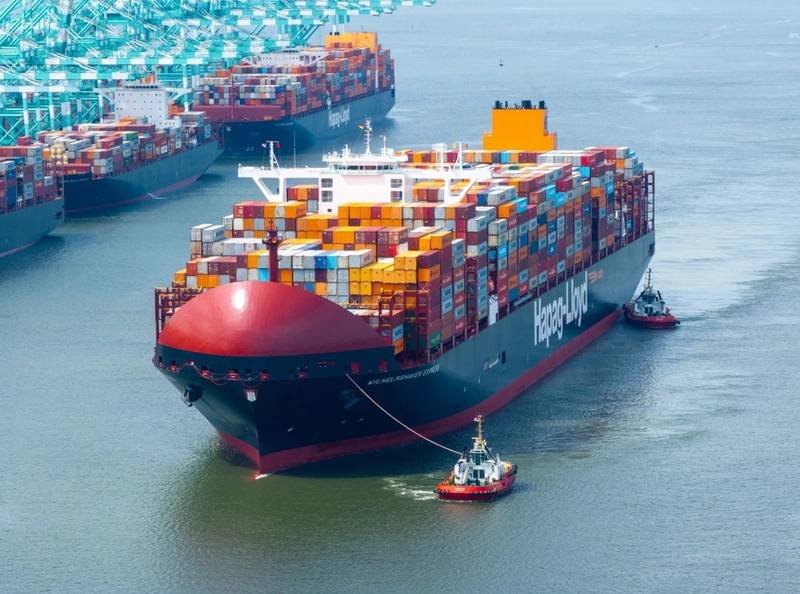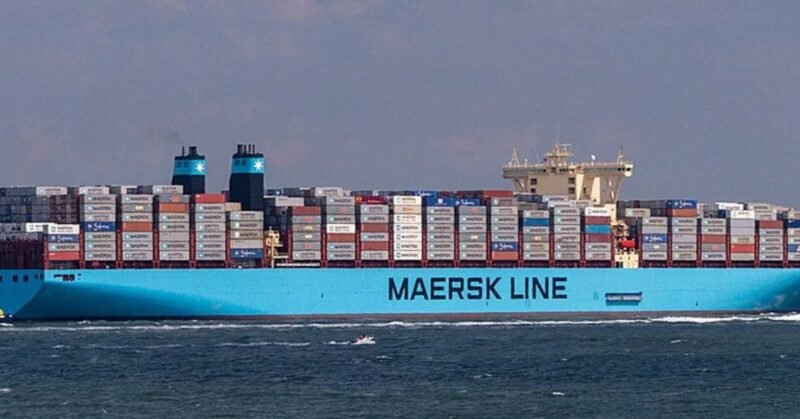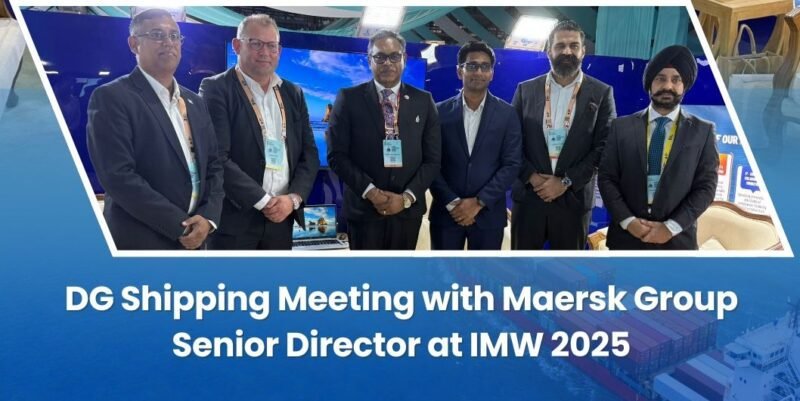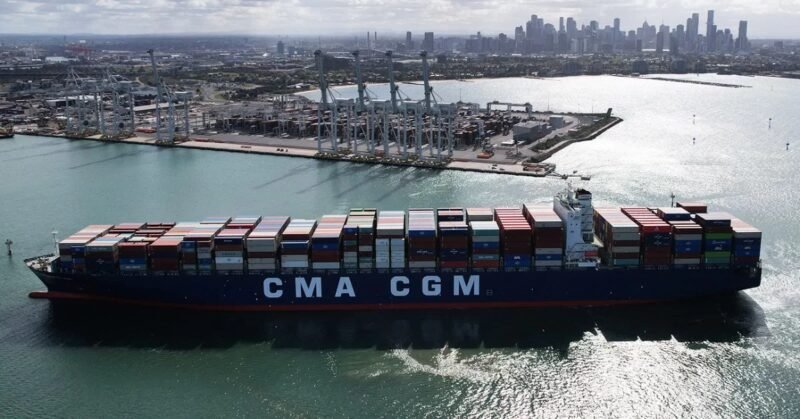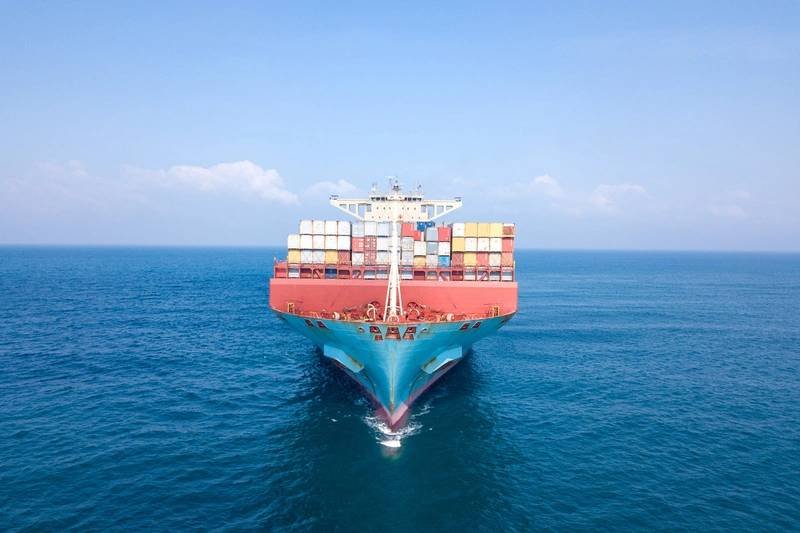Maersk and Hapag-Lloyd are considering adding more container vessels to their alliance in response to ongoing shipping disruptions in the Red Sea caused by attacks from Iran-aligned Houthi militants. These disruptions have forced shipping companies to reroute traffic away from the Suez Canal, resulting in longer journeys around Africa and tying up more capacity. In January, Maersk and Hapag-Lloyd announced a collaboration, known as the Gemini Cooperation, to transport 3.4 million containers annually with a fleet of 290 vessels starting in February 2025.
However, the two shipping giants stated on Tuesday that the collaboration could expand to 340 vessels and transport 3.7 million containers if the disruptions in the Red Sea persist. By joining forces, Hapag-Lloyd and Maersk aim to offer more frequent and flexible services, enhancing the efficiency and reliability of their operations. They are set to announce in October whether they will proceed with their original plan, relying on the Red Sea and Suez, or opt for the alternative plan of sailing around Africa with a larger fleet.
Maersk and Hapag-Lloyd have set a goal of achieving schedule reliability of over 90% once the network is fully operational, with Maersk providing 60% of the vessels and Hapag-Lloyd 40%. The companies are focused on delivering efficient and reliable services to their customers amid the challenges posed by the disruptions in the Red Sea. The decision on the alliance’s future direction will be made in the coming months based on the evolving situation in the region.







